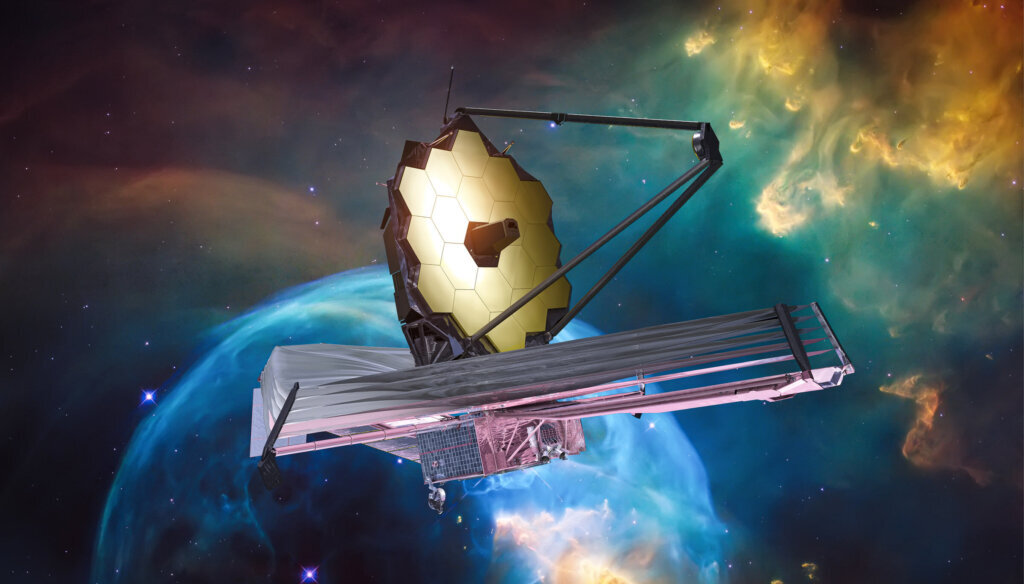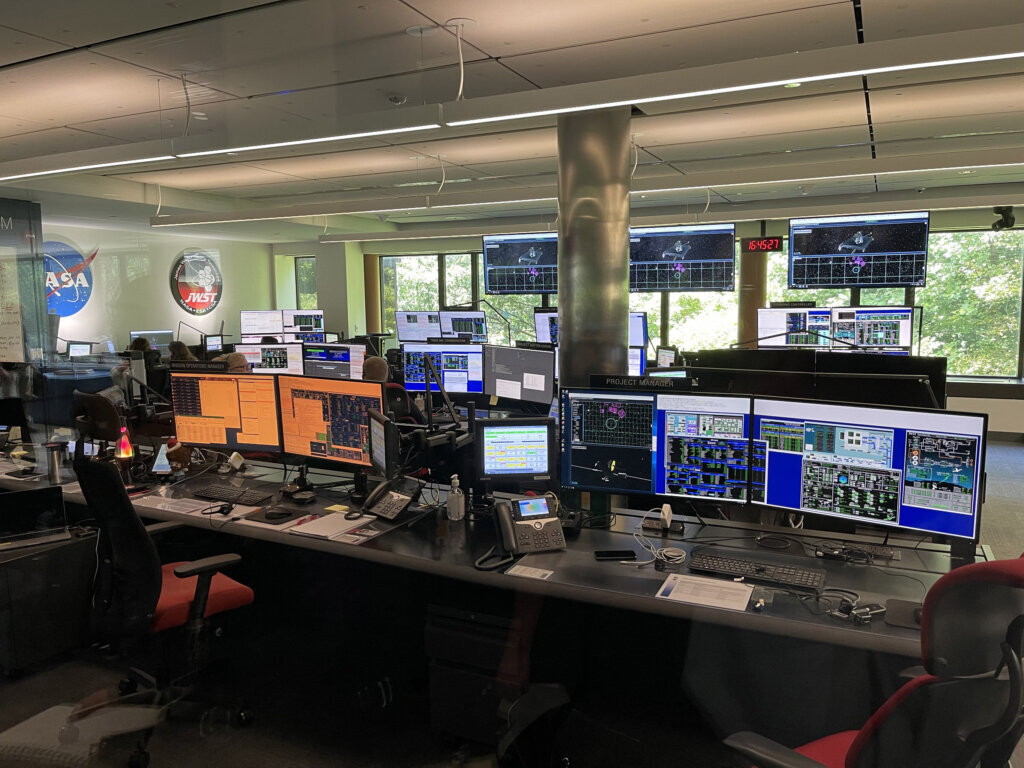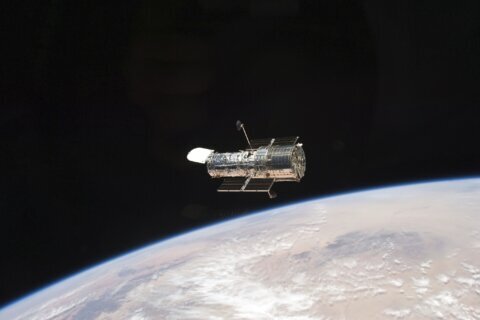10:30 a.m. EDT, July 12, 2022.
Mark that date on your calendar now, as you will not want to miss the public release of the James Webb Space Telescope’s (JWST) first color pictures and scientific findings.

It has been just over six months since JWST was launched on Christmas, and NASA’s $10 billion space telescope, 20-plus years in the making, has been taking images and making scientific observations.
Last Wednesday, NASA held a media day at the Space Telescope Science Institute (STScI), in Baltimore, Maryland, that included a gathering of JWST scientists, engineers, managers and international media regarding the July 12 release of JWST’s first color and science images.
The images to be released will be a “new view of the cosmos that we have never seen before. One of the images will be the deepest image of our Universe ever taken — further than humanity has ever looked into space,” said NASA Administrator Bill Nelson (who had to phone into the conference due to COVID-19). “Webb is a real scientific feat, whose journey has only just begun.”
Nelson’s comments were echoed by STScI Director Dr. Kenneth Sembach, who said that “in two weeks, historic first science images [will] show the Universe being changed forever. The Universe before Webb and the Universe after Webb. More beautiful than ever before. Time to rewrite the textbooks again.”
We also learned from NASA Deputy Administrator Pam Melroy that the telescope’s long life is more secure than ever before.
“JWST’s excess fuel estimate confirms 20 years of onboard propellant. The launch by the Ariane 5 was a perfect job,” Melroy said. “JWST will be the centerpiece of NASA’s astrophysics mission for the next two decades.”
During the first Q&A session, I asked the panel, “Who decides on the images to be released?”
Dr. Thomas Zurbuchen, NASA’s Associate Administrator for the Science Mission Directorate, said that he asked the team, the people closest to the project, to represent the best in their selections. His response to their selections was, “Great!’”
Zurbuchen added, “July 12th will be an emotional moment — a new world view with these first images and science results.”
“Everywhere Webb looks, there is something we have never seen before because Webb is looking in the infrared,” he said. “We are discovering galaxies we have never seen before. Every image is scrutinized and analyzed to see what it contains. One test image has over 250 new galaxies.”
“We will forever remember what we have seen,” he concluded. “I got emotional seeing these images. [They are] deeply personal and, frankly, surprised me.”
At the briefing, I learned there are about 30 people working on the July 12th images. There will be 10 to 20 images, and some of them are “down” — received at STSci and already processed.
But there are even more images to be obtained and processed, right up to the day before the release.
Each of the high-resolution, full-color images will reveal a different aspect of the Universe. One image will reportedly be the deepest view into the Universe to date. Another shows how galaxies interact and grow through collisions. We will see the life cycles of stars from their birth to their death.
Webb’s first spectrum of an exoplanet (a planet beyond our solar system) will also be revealed.
These, along with other images and scientific findings to be released on July 12th, promise to show humanity what Webb is capable of.

The personal highlight for me at the briefing came when we got to see JWST’s Flight Control Room (FCR), a large room filled with labeled operating consoles and big computer screens that show real-time telemetry and data, and where Webb is controlled and monitored 24/7/365.
Carl Starr, JWST’s Mission Operations Manager (or MOM), led the tour. He described JWST as a “Fabulous machine. Complex, but working beautifully.”
Starr said that the criteria for JWST to be working properly, as revealed in the very first test image, was, “if we get one or two blobs (galaxies) it works. With all the stars and galaxies we saw, we knew it worked!”
We were not allowed to take photographs at the event but, on the big FCR screens, we were allowed to see the very first test images that Dr. Zurbuchen described in his briefing.
The first image was nothing but blobs filling the entire view! Everywhere nothing but blobs! The next image was the processed result showing 250 galaxies never before seen by humanity.
I was flabbergasted. Gorgeous galaxies, from grand spirals to enigmatic ellipticals to “I’m not sure what I am seeing type” of galaxies.
Seeing the first test images confirmed to me that humanity is about to see the Universe in a way like never before — and it will be transformational. We are going way beyond what Hubble Space Telescope (HST) was able to reveal to us.
If you are interested in seeing these images when they are released, there will be events in our area where you can watch a livestream of their release.
On July 13, NASA will be hosting a live event where they will answer questions from the space-loving community. You can submit your own questions about these first images — and spectra — by using the hashtag #UnfoldtheUniverse on social media.
Also on July 13th, the program NOVA on PBS will be broadcasting “ULTIMATE SPACE TELESCOPE,” a one-hour documentary about JWST. I have seen the prerelease and was very impressed, even though the newly released images won’t be added to the program until July 12th.
On a personal note, an image I captured of the star used to begin focusing on the JWST will be in the documentary.
Humanity could sure use some positive news right now. I believe seeing the new JWST images — and the new Universe they reveal — will make us pause and ponder, if even for just a moment, what great things we are capable of doing. Perhaps we can share a universal pride in our accomplishment, as we have in the past when it comes to historic space firsts.
I certainly hope so.
Follow my daily blog at Whats Up The Space Place to keep up with the latest news in astronomy and space exploration. You can email me at skyguyinva@gmail.com.







